ART NEWS: Sept.03
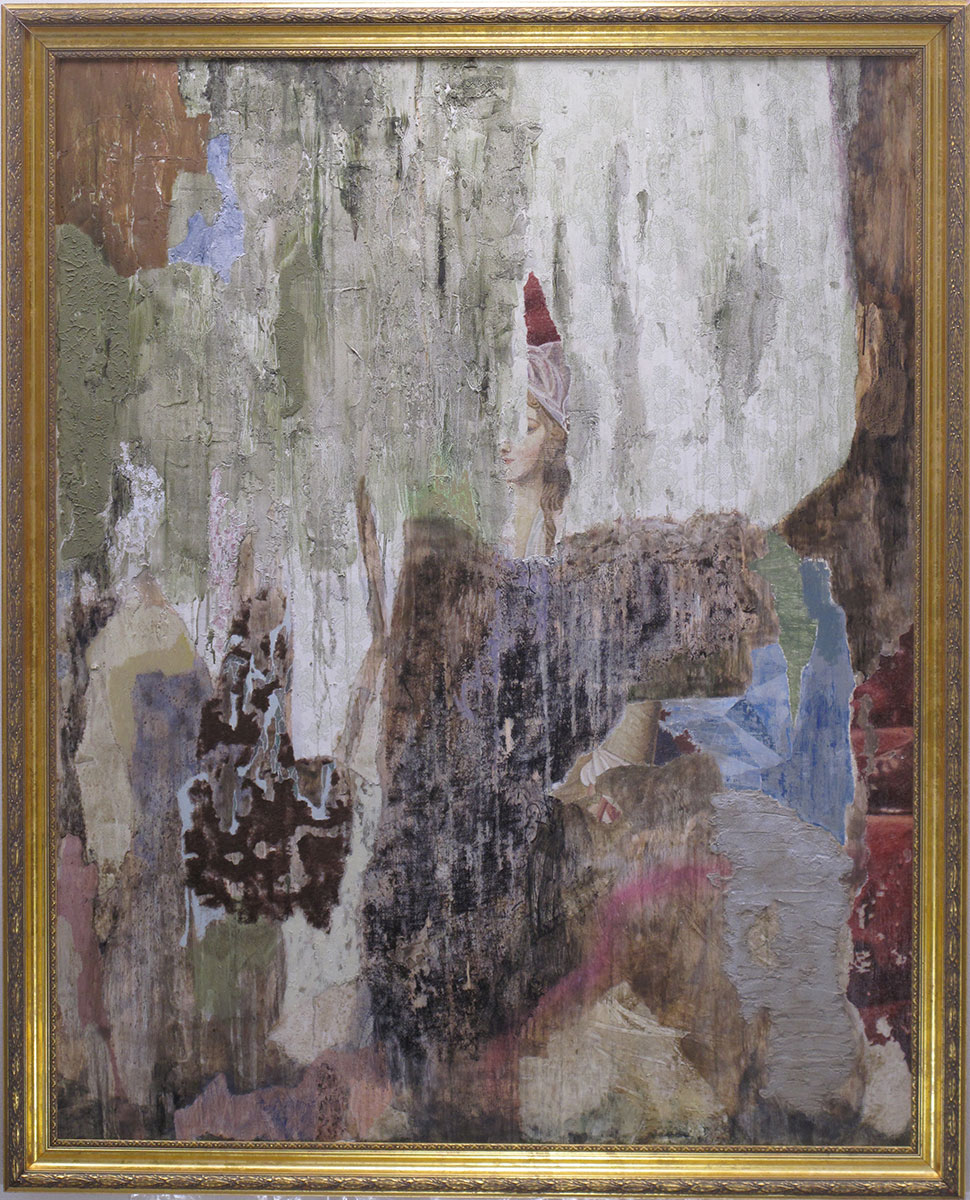 Ivan Andersen’s solo exhibition “Inadequately Maintained Surfaces” challenges our traditional expectations of landscape painting: for example, in terms of the materials that artists generally use. Ivan Andersen uses sheets of OSB, woodchip wallpaper, putty and concrete, reflecting the world of the DIY store rather than that of an art supplies shop. Not only is the choice of materials in itself a comment on art as something elevated and sublime; it also underlines the recurring interest of this artist in triviality and banality: not as social critique, but to render interesting what we normally regard as ‘boring’. Here and there in his paintings Ivan Andersen uses small fragments of portraits of the princess or pictures that hung on the walls of the Mansion or Augustenborg Palace in the 19th century. These fragments evoke memories of another era. In a way, the works in the exhibition are ‘alternative’ landscape paintings: their classic wooden frames invest them with the character of Golden Age paintings. The works are like chameleons attempting to match the art of that period and to fit into the environment and stately architecture of the place. Consequently, entropy is also a theme of this exhibition: the process by which everything that was once orderly declines into disorder and the lowest possible level of energy. Structures decay and everything is transformed into something other than what it originally was, never able to return to its original state. Info: Augustiana Kunstpark & Kunsthal, Palævej 10-14, Augustenborg, Denmark, Duration: 23/9-26/11/2023, Days & Hours: Tue-Sun 12:00-16:00, https://augustiana.dk/
Ivan Andersen’s solo exhibition “Inadequately Maintained Surfaces” challenges our traditional expectations of landscape painting: for example, in terms of the materials that artists generally use. Ivan Andersen uses sheets of OSB, woodchip wallpaper, putty and concrete, reflecting the world of the DIY store rather than that of an art supplies shop. Not only is the choice of materials in itself a comment on art as something elevated and sublime; it also underlines the recurring interest of this artist in triviality and banality: not as social critique, but to render interesting what we normally regard as ‘boring’. Here and there in his paintings Ivan Andersen uses small fragments of portraits of the princess or pictures that hung on the walls of the Mansion or Augustenborg Palace in the 19th century. These fragments evoke memories of another era. In a way, the works in the exhibition are ‘alternative’ landscape paintings: their classic wooden frames invest them with the character of Golden Age paintings. The works are like chameleons attempting to match the art of that period and to fit into the environment and stately architecture of the place. Consequently, entropy is also a theme of this exhibition: the process by which everything that was once orderly declines into disorder and the lowest possible level of energy. Structures decay and everything is transformed into something other than what it originally was, never able to return to its original state. Info: Augustiana Kunstpark & Kunsthal, Palævej 10-14, Augustenborg, Denmark, Duration: 23/9-26/11/2023, Days & Hours: Tue-Sun 12:00-16:00, https://augustiana.dk/
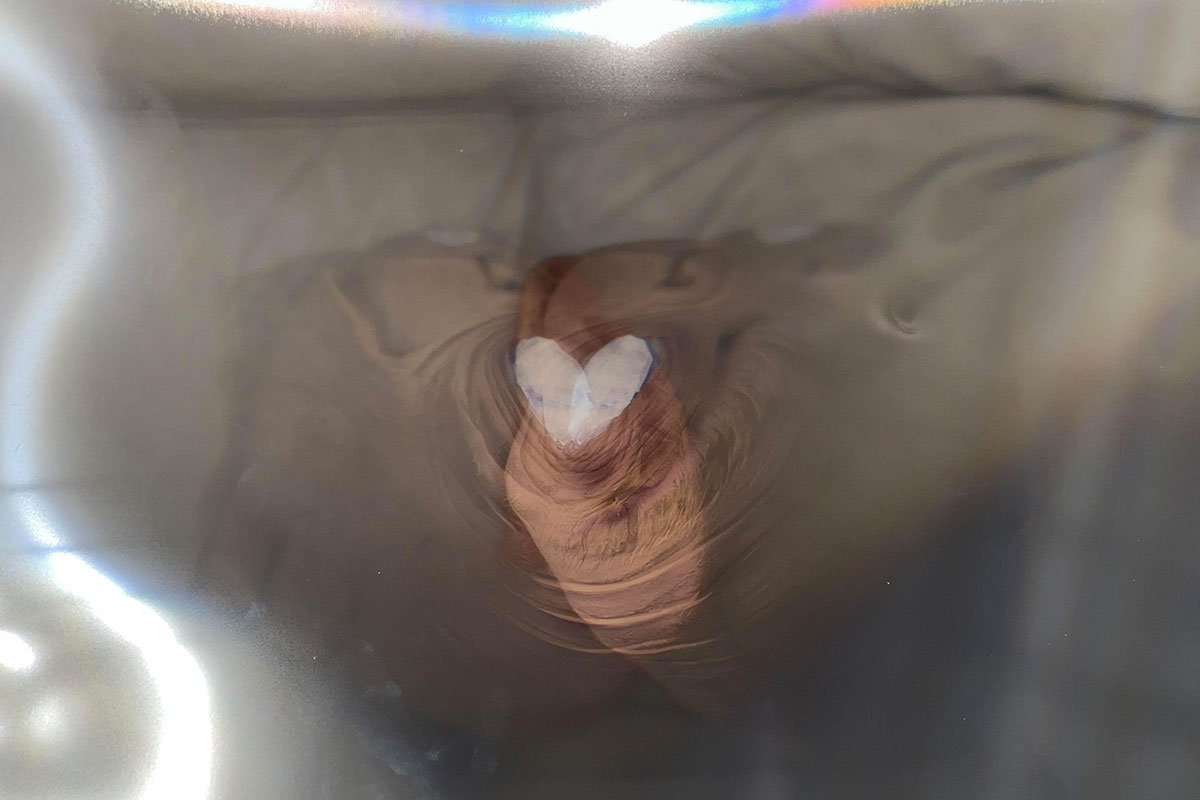 Michael E. Smith begins each exhibition by collecting and loosely assembling his materials in the studio. He calls these ‘material sketches’. This process also involves a rigorous investigation of the associations each object or material has: its relationship to the world and to people, its culturally specific referents, its place in the economy. Michael E. Smith’s solo exhibition for Modern Art contains new works made from a collection of recently found objects: a used leather couch, lenticular plastic, quartz crystals, basketballs, and television stands, among others. These articles are as though dredged from the artist’s own youth in Detroit, evoking the iconography of 1980’s banality, both familiar and made once again strange through Smith’s working over of them. Showing for the first time in the gallery’s intimately-scaled Bury Street space, Smith’s new works convey an unstable atmosphere that shifts between a familiar sense of family life, domestic consumption and aspiration, while being threatened by something far darker, a bleak undertow of a Frankenstein-like horror. Info: Modern Art, 7 Bury Street, London, United Kingdom, Wednesday–Saturday 11am–6pm, Duration: 28/9-11/11/2023, Days & Hours: Wed-Sat 11:00-18:00, https://modernart.net/
Michael E. Smith begins each exhibition by collecting and loosely assembling his materials in the studio. He calls these ‘material sketches’. This process also involves a rigorous investigation of the associations each object or material has: its relationship to the world and to people, its culturally specific referents, its place in the economy. Michael E. Smith’s solo exhibition for Modern Art contains new works made from a collection of recently found objects: a used leather couch, lenticular plastic, quartz crystals, basketballs, and television stands, among others. These articles are as though dredged from the artist’s own youth in Detroit, evoking the iconography of 1980’s banality, both familiar and made once again strange through Smith’s working over of them. Showing for the first time in the gallery’s intimately-scaled Bury Street space, Smith’s new works convey an unstable atmosphere that shifts between a familiar sense of family life, domestic consumption and aspiration, while being threatened by something far darker, a bleak undertow of a Frankenstein-like horror. Info: Modern Art, 7 Bury Street, London, United Kingdom, Wednesday–Saturday 11am–6pm, Duration: 28/9-11/11/2023, Days & Hours: Wed-Sat 11:00-18:00, https://modernart.net/
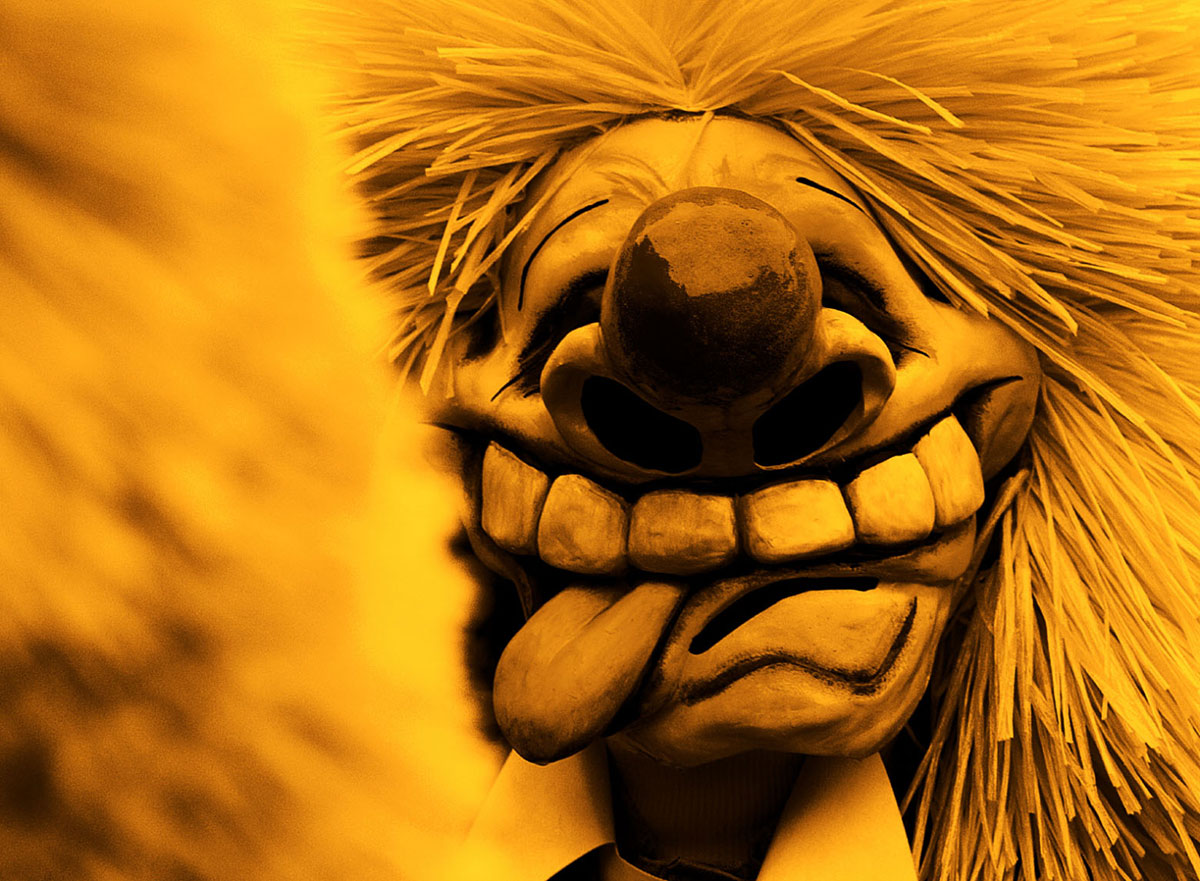 The exhibition “Hoi Köln” brings together a subjective overview of artists who have continued to paint. Many of those represented here have been committed painters for decades, and lived through several of the medium’s ebbs and flows. They were painting when painting was being decried, and they are still painting now that it has no need for a legitimating discourse. In the meantime, many have joined them. However, the exhibition also includes many younger artists, who have grown up in a digitalised world, and who, despite all the possibilities offered by technology, have decided to work in the analogue form that is painting. The exhibition is divided into three episodes. In the first, “Hoi Köln Teil 1: Begrüßung des Raumes” the Kunstverein’s main hall, with its huge glass windows, is introduced to the medium least suited to it, namely painting. The second episode, “In the Belly of the Machine,” which opens on 1 December, will show the exhibition in a new light. The last part of the trilogy, which opens on 2 February 2024, addresses the “Nightmare of Painting”. Here viewers are led into spaces behind spaces. Info: Curator: Valérie Knoll, Kölnischer Kunstverein, Hahnenstraße 6, 50667 Cologne, Germany, Duration: 29/9-19/11/2023, Days & Hours: Tue-Sun 11:00-18:00, https://koelnischerkunstverein.de/
The exhibition “Hoi Köln” brings together a subjective overview of artists who have continued to paint. Many of those represented here have been committed painters for decades, and lived through several of the medium’s ebbs and flows. They were painting when painting was being decried, and they are still painting now that it has no need for a legitimating discourse. In the meantime, many have joined them. However, the exhibition also includes many younger artists, who have grown up in a digitalised world, and who, despite all the possibilities offered by technology, have decided to work in the analogue form that is painting. The exhibition is divided into three episodes. In the first, “Hoi Köln Teil 1: Begrüßung des Raumes” the Kunstverein’s main hall, with its huge glass windows, is introduced to the medium least suited to it, namely painting. The second episode, “In the Belly of the Machine,” which opens on 1 December, will show the exhibition in a new light. The last part of the trilogy, which opens on 2 February 2024, addresses the “Nightmare of Painting”. Here viewers are led into spaces behind spaces. Info: Curator: Valérie Knoll, Kölnischer Kunstverein, Hahnenstraße 6, 50667 Cologne, Germany, Duration: 29/9-19/11/2023, Days & Hours: Tue-Sun 11:00-18:00, https://koelnischerkunstverein.de/
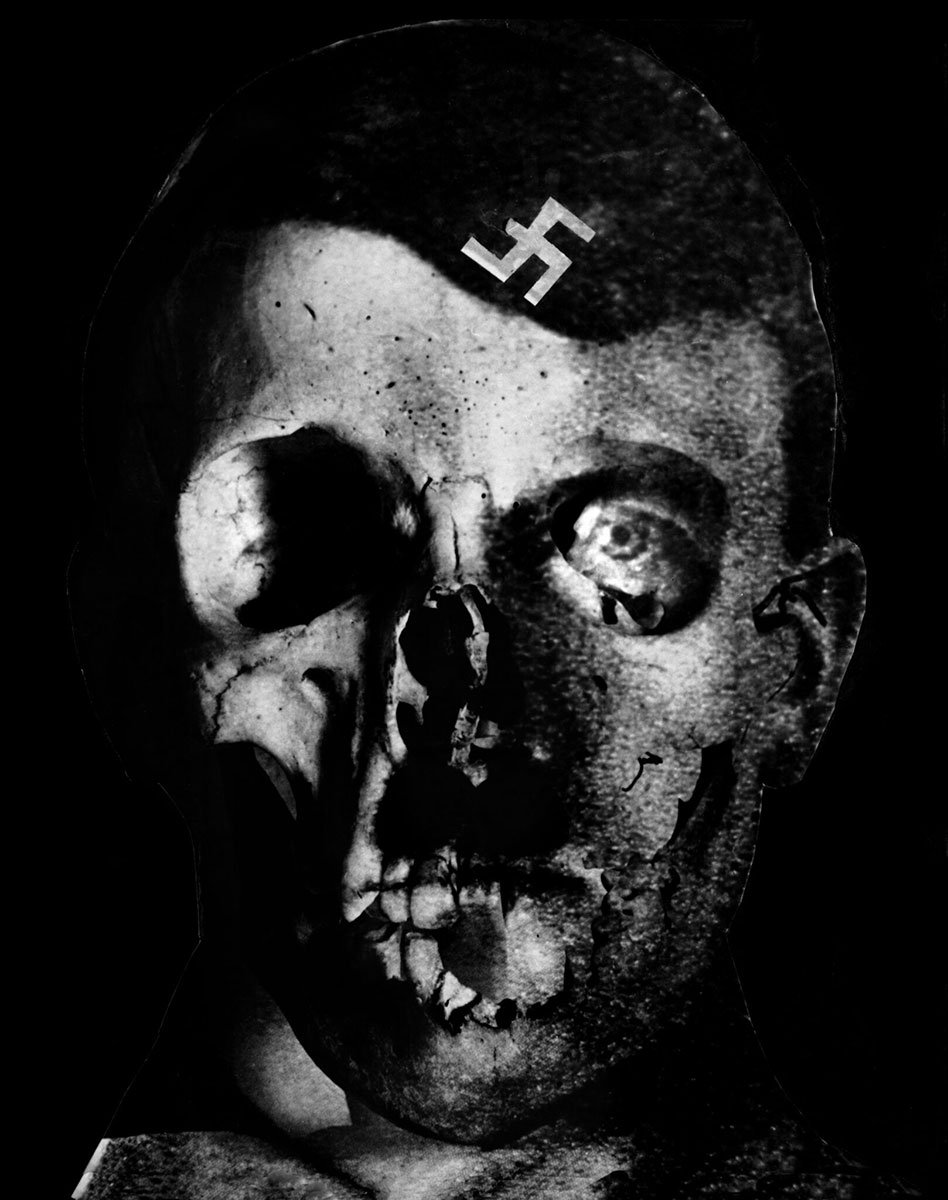 Erwin Blumenfeld was an American photographer of German origin. He was born in Berlin, and in 1941 emigrated to the United States, where he soon became a successful and well-paid fashion photographer, working as a free-lancer for Harper’s Bazaar, Life and American Vogue. His personal photographic work showed the influence of Dadaism and Surrealism; his two main areas of interest were death and women. He was expert in laboratory work, and experimented with photographic techniques such as distortion, multiple exposure, photo-montage and solarisation. Famous for his exceptionnaly creative fashion portraits, Erwin Blumenfeld’s artistry is offers a polymorphic work where Dadaïst inspiration, political committment and artistic expérimentations intertwine. Featuring over a hundred photographs, the exhibition “Photography. 1930-1950” looks back at the life of this Berlin Jew who evolved within the cultural avant-garde movement in Amsterdam and Paris. As WWII broke out, he endured internment in a camp but was able to flee to New York in 1941 where his art blossomed with a free exploration of shapes and colors. Info: Jewish Museum of Belgium, Rue des Minimes 21, Brussels, Belgium, Duration: 29/9/2023-4/2/2024, Days & Hours: tue-Fri 10:00-17:00, Sat-Sun 10:00-18:00, www.mjb-jmb.org/
Erwin Blumenfeld was an American photographer of German origin. He was born in Berlin, and in 1941 emigrated to the United States, where he soon became a successful and well-paid fashion photographer, working as a free-lancer for Harper’s Bazaar, Life and American Vogue. His personal photographic work showed the influence of Dadaism and Surrealism; his two main areas of interest were death and women. He was expert in laboratory work, and experimented with photographic techniques such as distortion, multiple exposure, photo-montage and solarisation. Famous for his exceptionnaly creative fashion portraits, Erwin Blumenfeld’s artistry is offers a polymorphic work where Dadaïst inspiration, political committment and artistic expérimentations intertwine. Featuring over a hundred photographs, the exhibition “Photography. 1930-1950” looks back at the life of this Berlin Jew who evolved within the cultural avant-garde movement in Amsterdam and Paris. As WWII broke out, he endured internment in a camp but was able to flee to New York in 1941 where his art blossomed with a free exploration of shapes and colors. Info: Jewish Museum of Belgium, Rue des Minimes 21, Brussels, Belgium, Duration: 29/9/2023-4/2/2024, Days & Hours: tue-Fri 10:00-17:00, Sat-Sun 10:00-18:00, www.mjb-jmb.org/
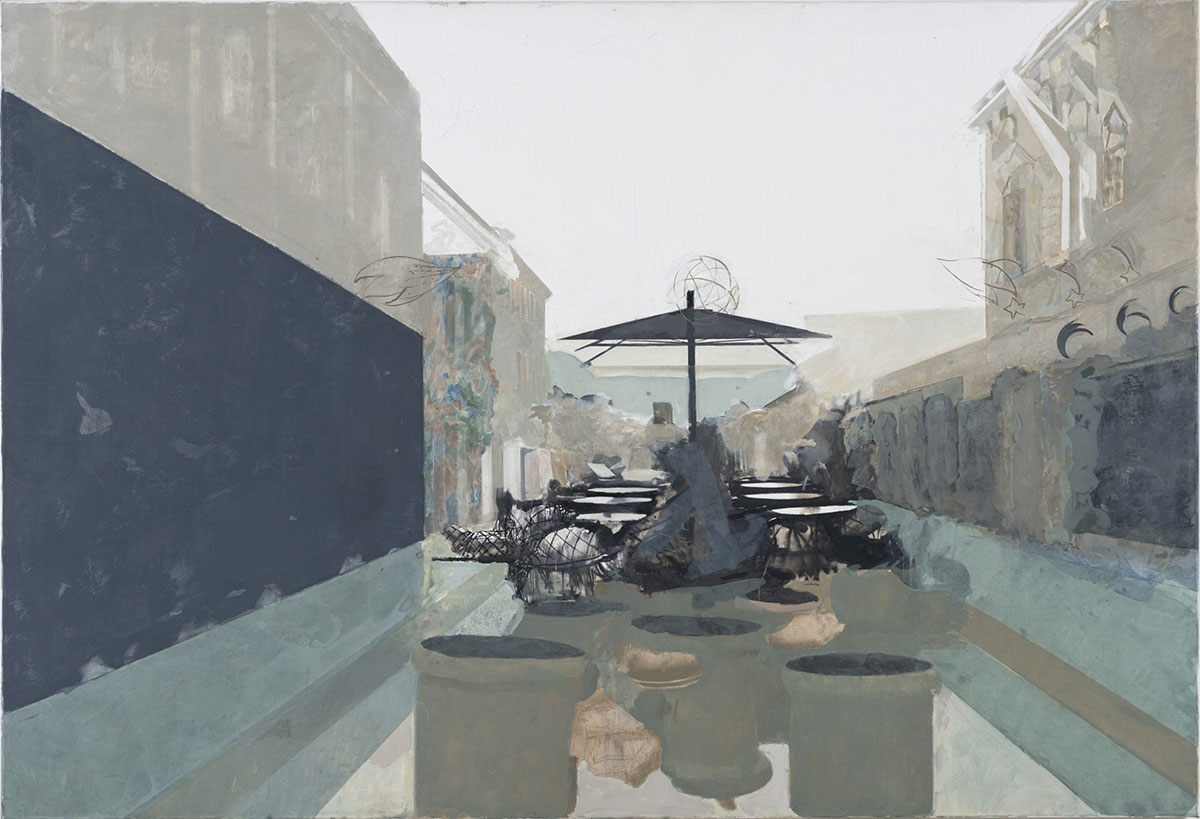 Entitled “Experienced Territories”, it is the continuation of the Edi Hila’s research around the objective dimension of reality: what are we surrounded by? What are the structures which contain us? And above all, who are we sharing our lives with? The starting point for the creation of the new series of paintings is the daily observation of the public spaces in which he found himself spending time over the last few years. And with them, the individuals who inhabit them: both are sensed as the litmus test of the current historical period, so emblematic and difficult, due to war, the climate crisis and economic challenges. Hila then goes on a journey with painting, building a map in which to locate the various hubs of human civilization. In his work lays no presumption to possess the truth, rather, the intention to decipher moods, urgencies and introspections, to help us understand ourselves and others. For this reason, the subjects of the paintings on view are public spaces such as streets, carrousels, cars, subways. They are emblems of sharedness, participation and universality. Some of them are anonymous, others respond to a personal biographical archive, but in any case they are devoid of elitism, far from ideal settings, to be able to portray the common theme of human emotionality in our contemporary world. Info: Galleria Raffaella Cortese, via. A. Stradella 7-1-4, Milan, Italy, Duration: 29/9-4/11/2023, Days & Hours: Tue-Sat 10:00-13:00, 14:30-19:00, https://raffaellacortese.com/
Entitled “Experienced Territories”, it is the continuation of the Edi Hila’s research around the objective dimension of reality: what are we surrounded by? What are the structures which contain us? And above all, who are we sharing our lives with? The starting point for the creation of the new series of paintings is the daily observation of the public spaces in which he found himself spending time over the last few years. And with them, the individuals who inhabit them: both are sensed as the litmus test of the current historical period, so emblematic and difficult, due to war, the climate crisis and economic challenges. Hila then goes on a journey with painting, building a map in which to locate the various hubs of human civilization. In his work lays no presumption to possess the truth, rather, the intention to decipher moods, urgencies and introspections, to help us understand ourselves and others. For this reason, the subjects of the paintings on view are public spaces such as streets, carrousels, cars, subways. They are emblems of sharedness, participation and universality. Some of them are anonymous, others respond to a personal biographical archive, but in any case they are devoid of elitism, far from ideal settings, to be able to portray the common theme of human emotionality in our contemporary world. Info: Galleria Raffaella Cortese, via. A. Stradella 7-1-4, Milan, Italy, Duration: 29/9-4/11/2023, Days & Hours: Tue-Sat 10:00-13:00, 14:30-19:00, https://raffaellacortese.com/
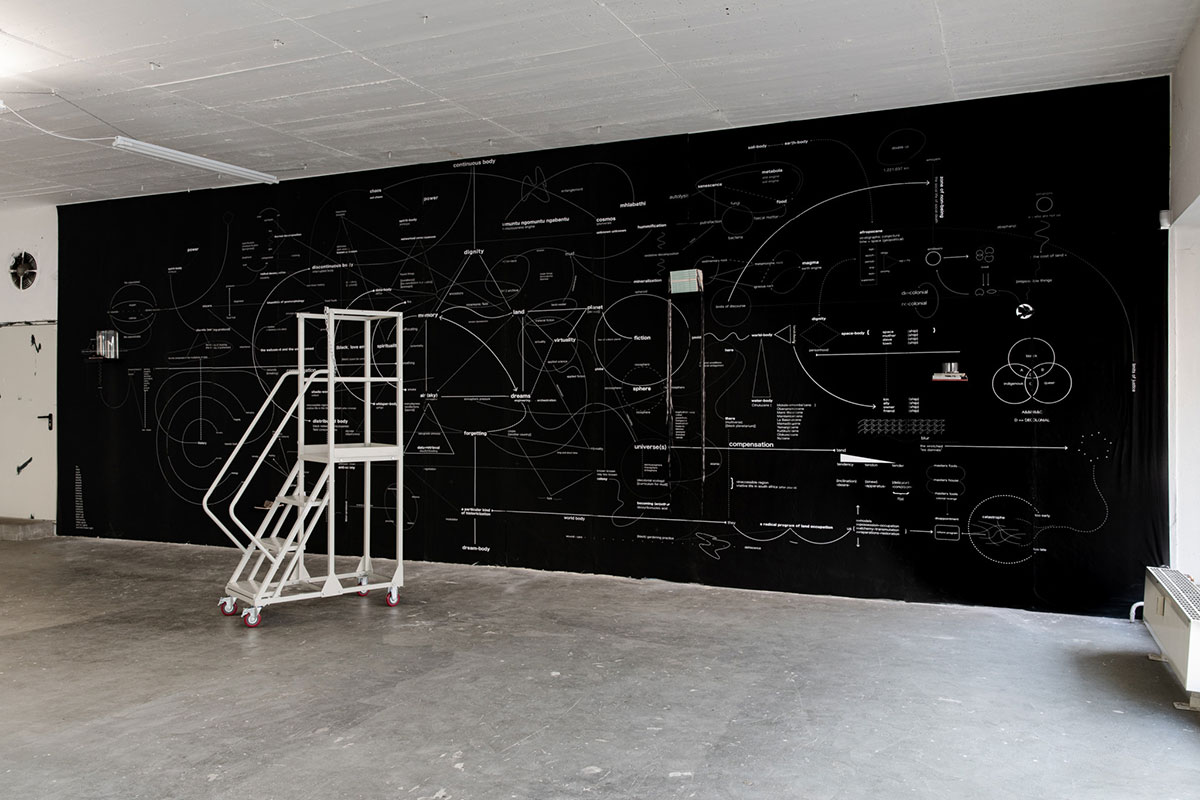 Nolan Oswald Dennis inaugurates a site-specific, monumental diagrammatic artwork spread across the back wall of Kunsthalle Basel. Built on discussions with physicists, geographers, and writers, the project employs mathematical abstractions, African fractal geometry, and other representational models to chart the systems, logics, and meta-histories of a world dependent on racialized, gendered, classed, and geographic exclusions. This new work borrows from various earth divination practices shared across the Sahara to reimagine a different African-European (dis)continuum. As Dennis’s first such artwork in public space, the project is imagined as a tool for disorientation—a technical diagram offering viewers a method for reconsidering concepts of space, time, history, and possibility. Dennis’ work questions the politics of space (and time) through a system-specific, rather than site-specific approach. They are concerned with the hidden structures that pre-determine the limits of our social and political imagination. Through a language of diagrams, drawings and models they explore a hidden landscape of systematic and structural conditions that organise our political sub-terrain. This sub-space is framed by systems which transverse multiple realms (technical, spiritual economic, psychological, etc) and therefore Dennis’ work can be seen as an attempt to stitch these, sometime opposed, sometimes complimentary, systems together. To read technological systems alongside spiritual systems, to combine political fictions with science fiction. Info: Kunsthalle Basel, Steinenberg 7, Basel, Switzerland, Duration: 1/10/2023-11/8/2024, Days & Hours: Tue-Wed & Fri 11:00-18:00, Thu 11:00-20:30, Sat-Sun 11:00-17:00, www.kunsthallebasel.ch/
Nolan Oswald Dennis inaugurates a site-specific, monumental diagrammatic artwork spread across the back wall of Kunsthalle Basel. Built on discussions with physicists, geographers, and writers, the project employs mathematical abstractions, African fractal geometry, and other representational models to chart the systems, logics, and meta-histories of a world dependent on racialized, gendered, classed, and geographic exclusions. This new work borrows from various earth divination practices shared across the Sahara to reimagine a different African-European (dis)continuum. As Dennis’s first such artwork in public space, the project is imagined as a tool for disorientation—a technical diagram offering viewers a method for reconsidering concepts of space, time, history, and possibility. Dennis’ work questions the politics of space (and time) through a system-specific, rather than site-specific approach. They are concerned with the hidden structures that pre-determine the limits of our social and political imagination. Through a language of diagrams, drawings and models they explore a hidden landscape of systematic and structural conditions that organise our political sub-terrain. This sub-space is framed by systems which transverse multiple realms (technical, spiritual economic, psychological, etc) and therefore Dennis’ work can be seen as an attempt to stitch these, sometime opposed, sometimes complimentary, systems together. To read technological systems alongside spiritual systems, to combine political fictions with science fiction. Info: Kunsthalle Basel, Steinenberg 7, Basel, Switzerland, Duration: 1/10/2023-11/8/2024, Days & Hours: Tue-Wed & Fri 11:00-18:00, Thu 11:00-20:30, Sat-Sun 11:00-17:00, www.kunsthallebasel.ch/
